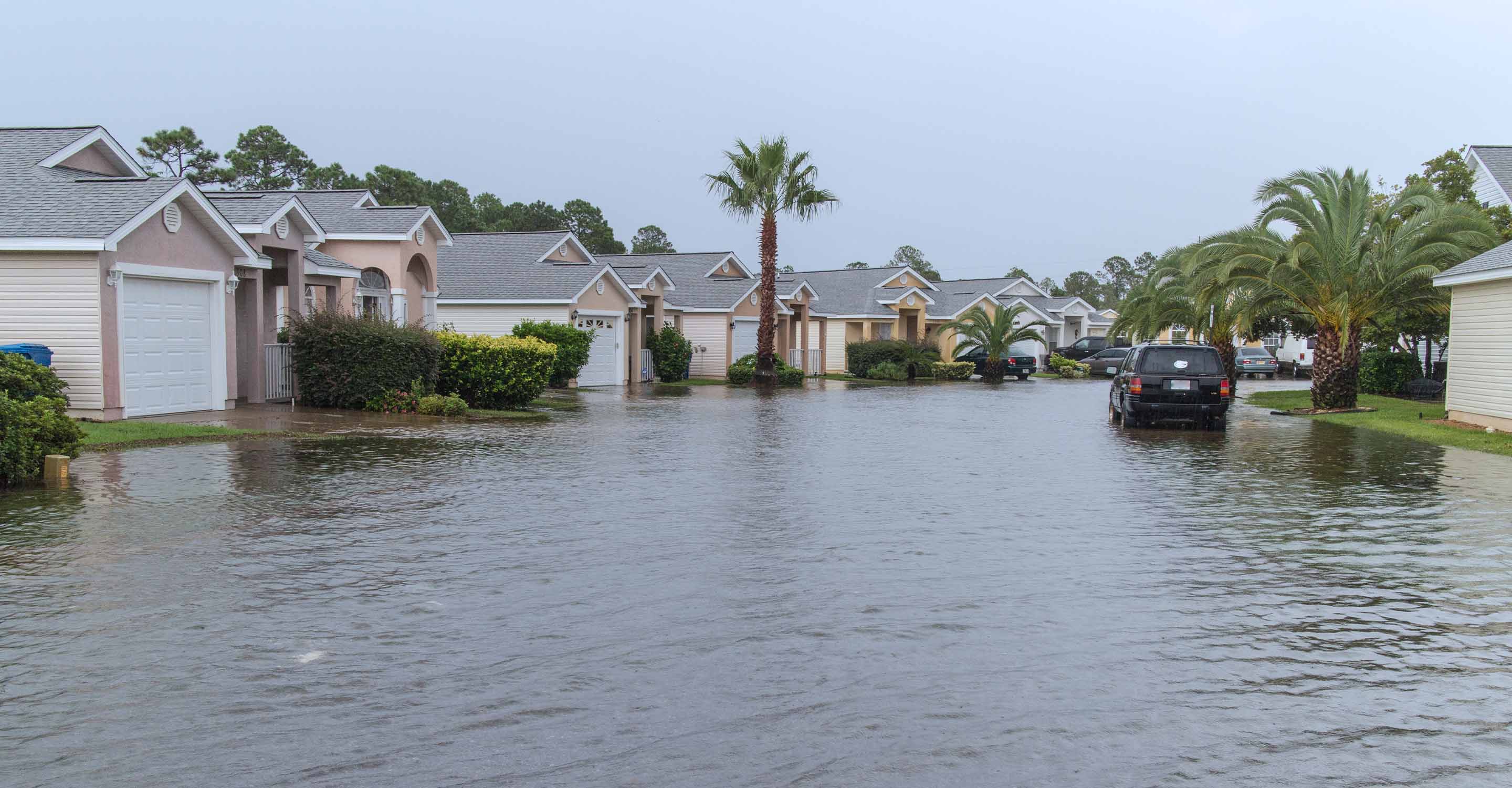Yekaterinburg air quality map
Live air pollution map of Yekaterinburg
34.7K people follow this city
Full screen
Contributors category
0
Government
0
Educational
0
Non-profit organization
0
Corporate
0
Individual
0
Anonymous
Station(s) operated by

*IQAir’s AQI data modeled using satellite data. Learn more
Health Recommendations
| Enjoy outdoor activities | |
| Open your windows to bring clean, fresh air indoors GET A MONITOR |
Yekaterinburg does not have air sensor data
Be the first to measure and contribute air quality data to your community.
Understand air pollution and protect yourself
Yekaterinburg MAP AIR QUALITY ANALYSIS AND STATISTICS
What useful information can be gained from the air pollution map for Yekaterinburg?
The air pollution map for Yekaterinburg is readily accessed from the main city page. A left-click over the map icon will take the viewer to a new page which is full of information about air quality in the city and its environs.
Possibly one of the first things to notice will be the overall colour of the map. This colour reflects the general air quality at that particular time. It is currently dark green which would signify “Good” air quality. The meaning behind all the colours used throughout the IQAir site is explained in the legend at the foot of the page. Usually, there would be several coloured circles spread across the page which represent the locations of the ground-level air monitoring stations. However, not all cities have physical stations and instead, rely on data gathered from overhead satellites.
Looking back at the main city page an asterisk can be seen just to the right of the US AQI number. This indicates that the data comes from satellite imagery and not from ground-level stations. Usually, the discs on the air pollution map would show this number at their centre. It is calculated by recording the levels of six of the most prolific air pollutants found in city air which are Particulate Matter (PM2.5 and PM10), ozone, nitrogen dioxide, sulphur dioxide and carbon monoxide. The system is supported by the World Health Organisation (WHO). It is then used as a metric when comparing air quality in different cities.
Towards the end of September 2022, Yekaterinburg was enjoying a period of “Good” quality air with a US AQI reading of just 25. The main pollutant measured was PM2.5 with a level of 6.1 µg/m³. This is slightly higher than the target figure of 5 µg/m³ as recommended by the WHO.
What other interesting information about air quality is available on the air pollution map for Yekaterinburg?
There is a wealth of extra information about air quality to be found on the air pollution map for Yekaterinburg, but the page needs to be viewed in full-screen mode otherwise some of the information will remain hidden.
Once viewed in this way, a drop-down section will appear on the far left-hand side of the screen. The information in this section offers four options which can all be deactivated individually if desired.
The first option would show the location of the ground-level air monitoring stations, but as already stated, Yekaterinburg uses satellites to obtain its data so there are none to see.
The next option shows the position of any fires that may be burning in the vicinity. In September 2022, there was one fire burning several kilometres away towards the south of the city. However, if option four is consulted it reveals the speed and direction of the prevailing winds and it can be seen that the smoke will be blown away from the city and therefore not affect its air quality.
Option three is the most dramatic as it can change the colour of the map to reflect the current air quality. Currently, it is a dark green colour which would indicate “Good” quality air. If the colour is a little confusing, it can be deactivated and the map will revert to a more standard set of colours.
More information can be seen on the far right of the screen where a table is shown that ranks world cities according to their level of air cleanliness. This can be invaluable when comparing different cities.
Is the source of the polluted air shown on the air pollution map for Yekaterinburg?
The source of the polluted air is not shown directly on the air quality map for Yekaterinburg; however, poor environmental performance is due to the fact that 4 times more industrial enterprises are concentrated in the Ural Federal District than the average for Russia. Ferrous and non-ferrous metallurgy, fuel and chemical industries are considered especially harmful industries.
Out of the total amount of emissions, about 80 per cent are accounted for by motor vehicles and only the remaining part by stationary sources. Exceeding the permissible threshold of pollution by exhaust gases by almost 40 per cent was recorded at some intersections. One engine per year produces 750 kilograms of harmful substances that enter the atmosphere. This situation is explained by the fact that about thirty per cent of domestic and fifty per cent of foreign cars have been in operation for more than ten years, and low-quality fuel is used.
Benzopyrene, formaldehyde, nitrogen dioxide, ethylbenzene, carbon monoxide, ammonia and suspended solids were named as the main toxic substances in the air. All of them have an extremely negative effect on the state of the respiratory system, blood circulation, eyes and skin, some of them adversely affect the central nervous system, and liver and contribute to the occurrence of malignant tumours.
PM2.5 is used as a benchmark on the air pollution map for Yekaterinburg, but how dangerous is it?
Fine particulate matter such as PM2.5 is in the air in the state of aerosol and in the natural environment, but they pose the greatest danger precisely in megacities. There are more of them in the urban environment; in terms of chemical composition, the fine aerosol is much more toxic than in rural areas. In different cities, the composition of PM2.5 aerosol is different, as well as the parameters of the particles that make up its composition.
Primarily, PM2.5 consists of small pieces of soot, car tyres and brake pads and asphalt, nitrates, sulphates, and heavy metal oxides. If we talk about soot, then coal is a good adsorbent. Toxic compounds are deposited on soot particles during the operation of the internal combustion engine. As a result, soot acquires a "poisonous" content. They are also formed due to the chemical reaction of nitrogen and sulphur oxides with water vapour in the atmosphere under the influence of ultra-violet light or sunlight.
Fine dust is an inhalable fraction. It enters the lungs, directly into the alveoli, in which gas exchange takes place between the lungs and blood vessels. During gas exchange, PM2.5 particles enter the bloodstream, which provokes the occurrence of cardiovascular diseases. Both the particles themselves and the substances bonded to the surface of the particles can act.








